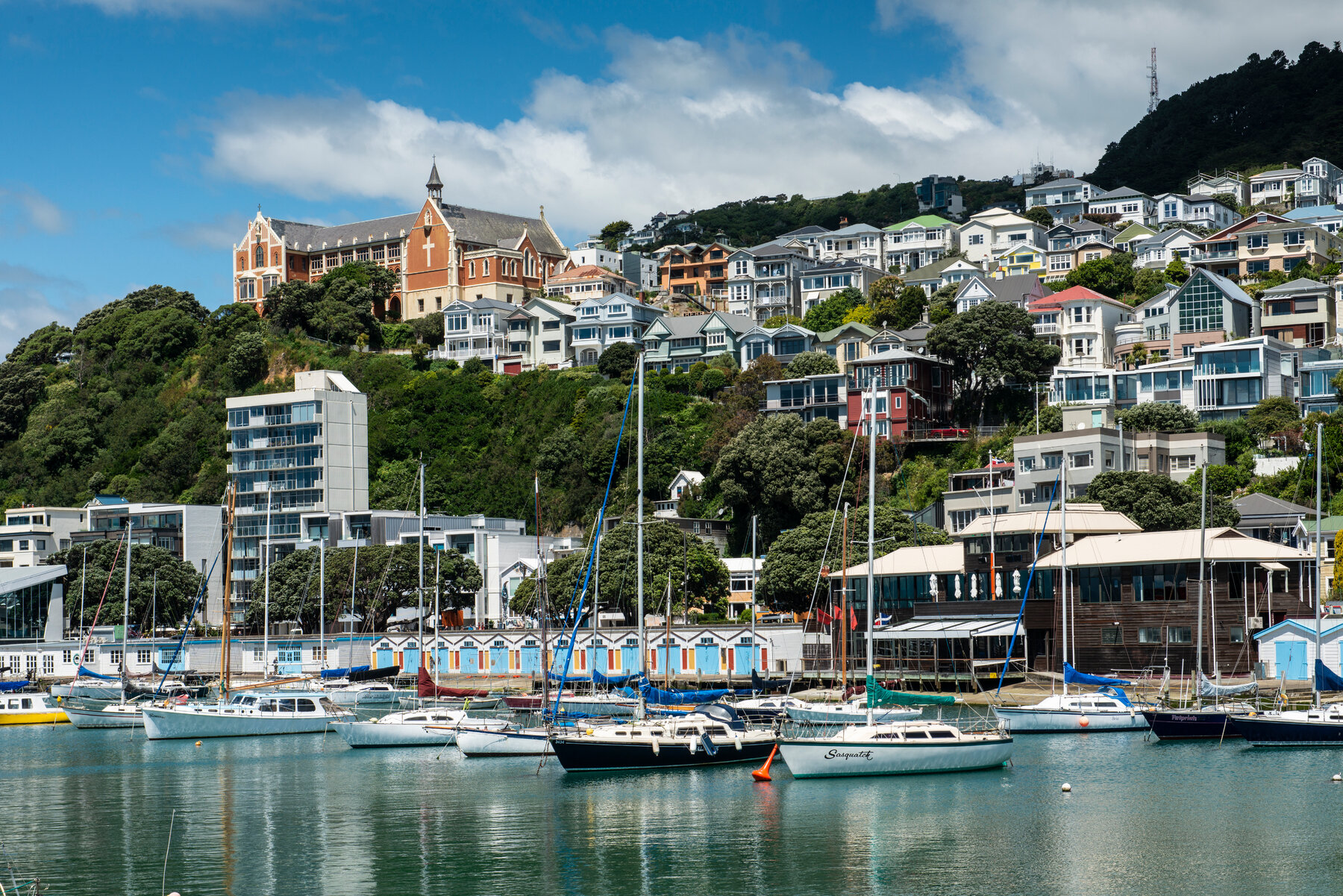Brief
In the lead-up to Wellington’s 2025 Local Body Elections, voter apathy loomed large. Turnout had fallen in previous years, and younger Wellingtonians (along with Māori communities) were increasingly disconnected from the democratic process. Wellington City Council wanted to change that. Running from 9 September to 11 October, the campaign aimed to lift voter participation across the capital, including for the Māori Ward poll, while reminding residents how easy it is to take part, and why every vote counts.
Approach & Strategy
Wellington City Council already manages its own vibrant social presence, so our campaign was built to complement and amplify that, ensuring every paid and owned channel worked together in full synergy. The focus was on visibility, reach, and efficiency. We used a smart mix of outdoor, digital, radio, and print media to cover the city cost-effectively, from the streets and bus routes to local airwaves and trusted online news platforms. Each touchpoint played a role in keeping voting visible, familiar, and top of mind throughout the campaign period. By combining reach with authenticity, we created a seamless citywide presence that supported WCC’s messaging and reinforced the idea that voting is easy, inclusive, and part of what it means to belong to Wellington.
outcome
Across six weeks, the campaign reignited civic energy across the capital. Wellingtonians noticed. From shop windows to voting booths, the call to take part was visible everywhere - and it showed in the results.
- 49.99% voter turnout, the highest in more than 30 years.
- Up from 45.41% in 2022 and 40.12% in 2019.
- 81,574 voting papers returned, including special votes.
- 77,042 votes cast in the Māori Ward poll.
- While major cities like Auckland and Christchurch recorded drops in participation, Wellington bucked the national trend, showing sustained growth throughout the campaign period.
This was more than an awareness campaign, it was a civic movement. By blending smart strategy, community voice, and close collaboration with WCC’s own channels, the campaign made democracy feel visible and real again. It reminded Wellingtonians that voting isn’t just a civic duty, it’s a shared act of connection. When communication is joined up and purposeful, a city truly shows up.
Connect with us
We understand that not one size fits all, that's why we offer solutions tailored to suit your specific recruitment challenges. Find out how we can help you attract and engage the talent you need with a free consultation.

